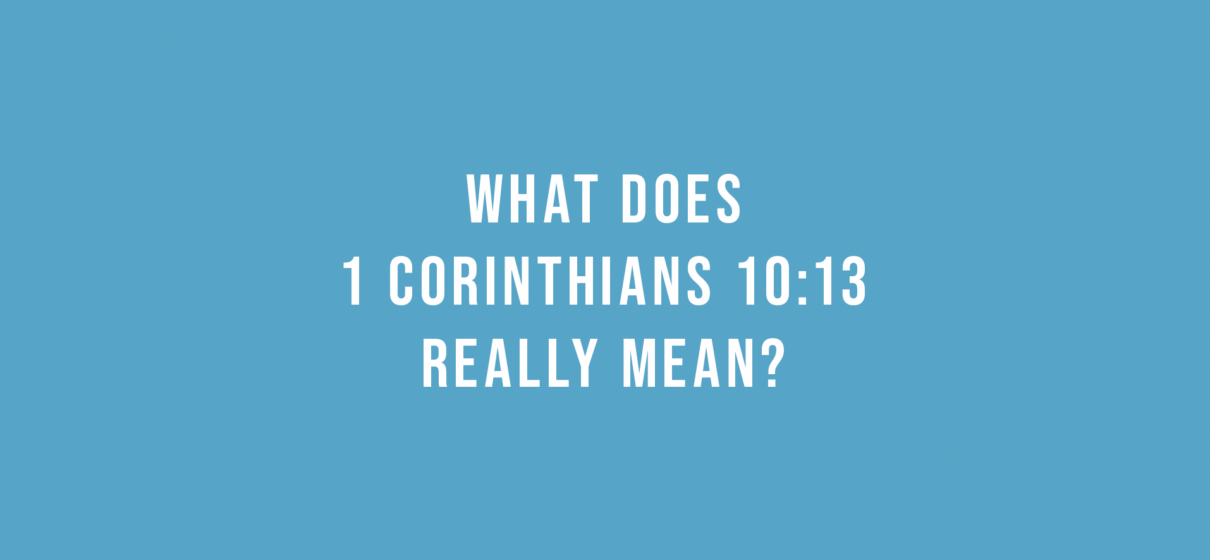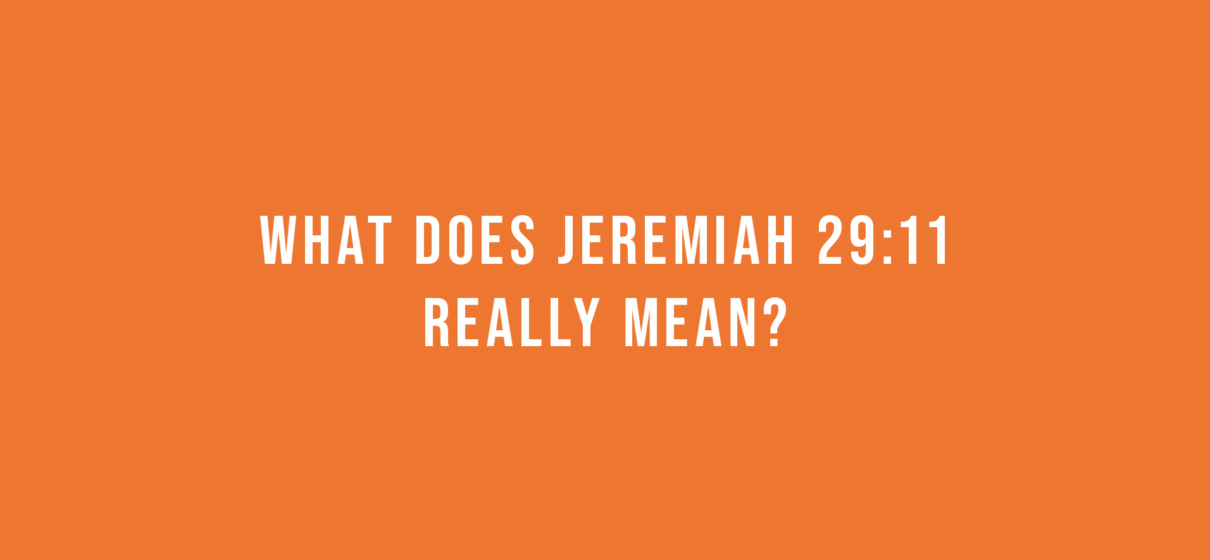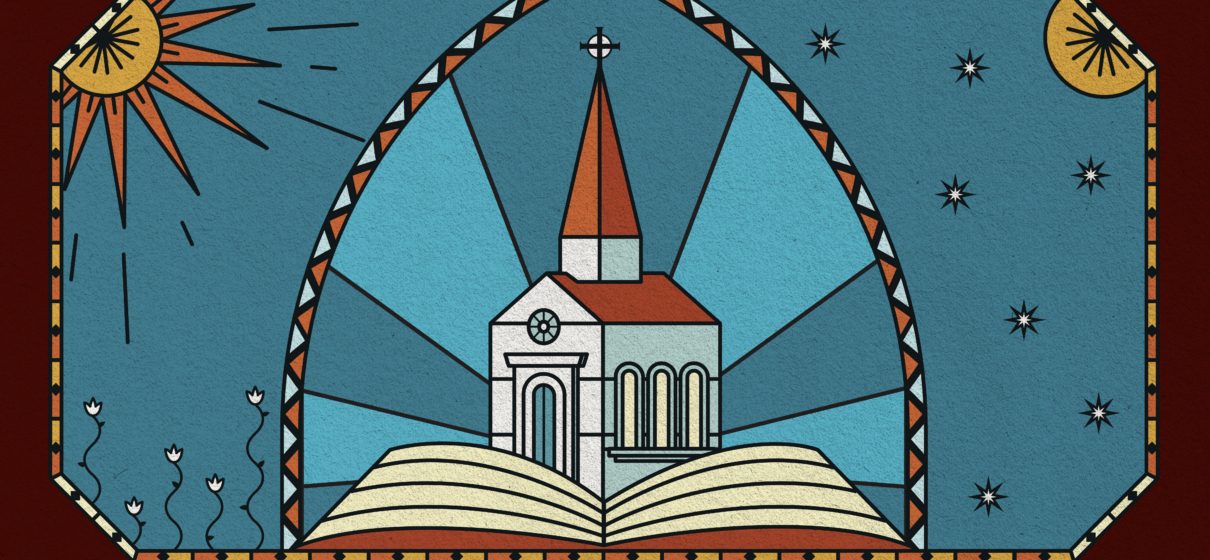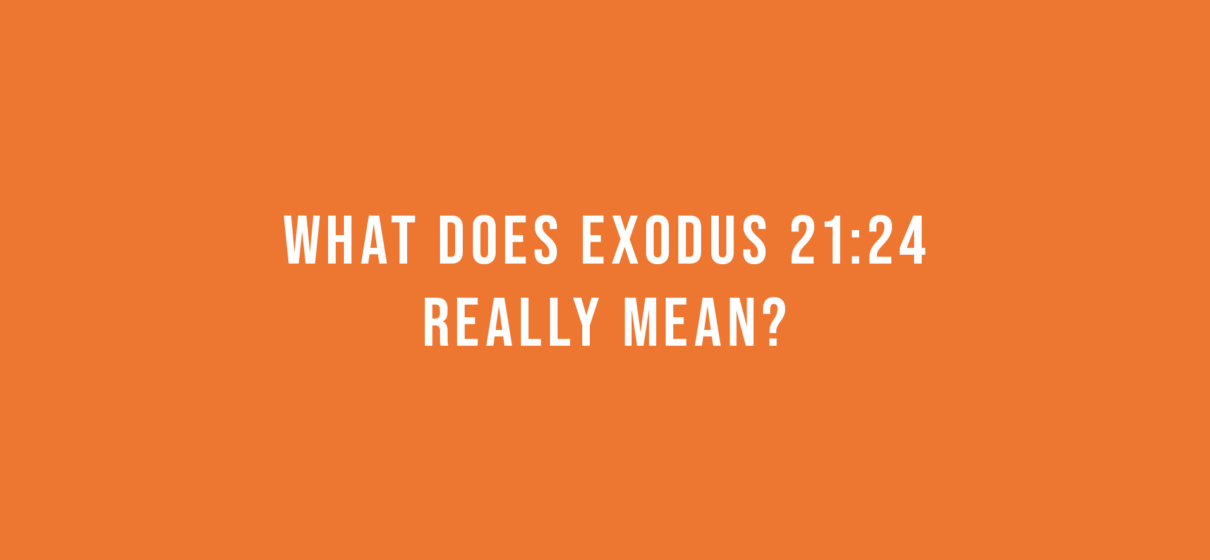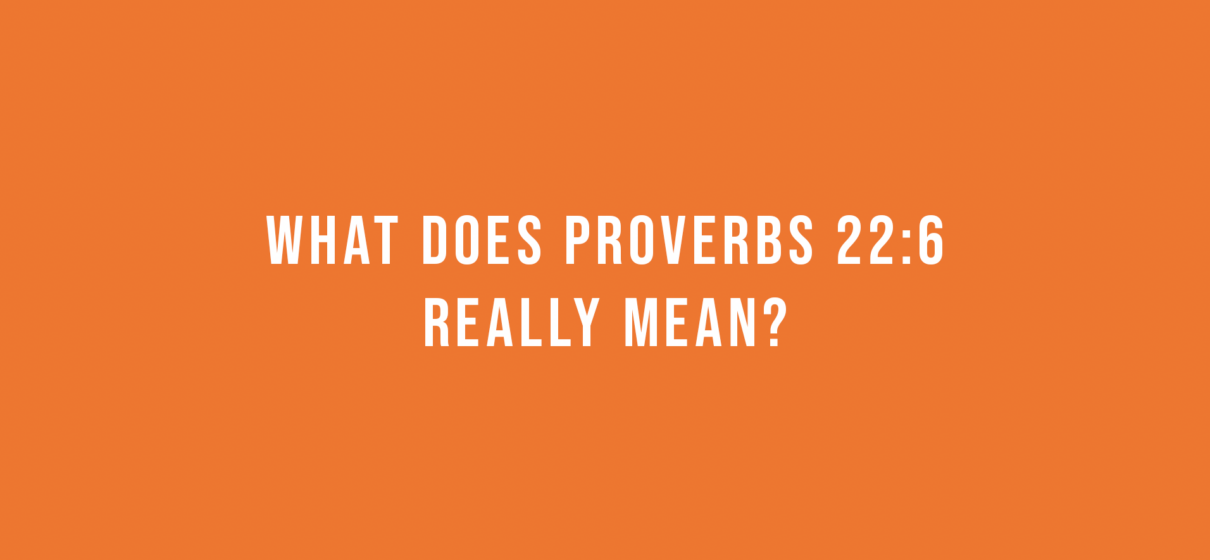BREAD: Experiencing Jesus Through Scripture
My three-year-old daughter, Elliott, is the youngest of three. She is incredibly smart and fiercely independent. She often keeps our family laughing and occasionally makes us want to pull our hair out.
The other day our family was at the grandparent’s ranch together and we spotted some dear out by the feeder. Excited we all ran to the window with a pair of grandpa’s binoculars to take a closer look.
“Wow! I can see them!” My son proclaimed, and handed the binoculars to his younger sister. “Oh, they’re so beautiful!” declared my middle daughter as she handed them to my youngest daughter, Elliott.
Elliott, however, couldn’t see anything through the binoculars. Things were too close, too zoomed in, and too blurry. “No, this will never do” she stated with frustration as she turned the binoculars around. “Ahhhh, that’s better,” she said.
The problem was it was not better. She now had them backwards. Things were too far away to see the deer, and while she could see things more clearly because everything wasn’t so close and blurry, she wasn’t actually using the binoculars properly.
She never once caught a glimpse of the deer.
She completely missed the beauty of that moment because she didn’t know how to use the binoculars.
So let’s talk about the Bible for a second. When it comes to the Bible, have you ever felt like Elliott with the binoculars? Despite your best efforts, sometimes it feels like you’re missing the point. You feel like you’re just not seeing what everyone else is seeing.
In John 5:39-40 Jesus called out the Pharisees for having their binoculars backwards.
You search the Scriptures because you think that in them you have eternal life; and it is they that bear witness about me, yet you refuse to come to me that you may have life. — John 5:39-40
What is Jesus saying here?
He’s saying that the Pharisees were missing the point of the Bible.
They found a way to use it that allowed them to justify living however they wanted as long as they followed a certain list of rules. They turned the binoculars backwards. Scripture seemed to be clearer, even to make more sense to them in the moment, but Jesus said to them, “You’re searching the scriptures for life, but you are completely missing the point.”
Now before we start throwing rocks at the Pharisees, aren’t we guilty of the same thing? We often approach the Bible as a self-help book or a manual for living.
The problem is that’s not the primary purpose of the Bible.
We believe the Bible is one unified story that leads to Jesus.
Every story, every rescue, every promise — they all point to him! And the main point of the Bible is to help reveal Jesus to us. Written on every page of the Bible, we see Jesus, the Kingdom he comes to bring, and the invitation for us to participate in his mission of the renewal of all things.
See, the Bible is not just some textbook of the Christian life, it’s an invitation for us to be with Jesus.
I think what Jesus was saying to the Pharisees, he would say to us as well. Don’t just read about me, come to me.
So, what does that look like?
Well, I want to introduce you to a practice for encountering Jesus through reading the scriptures.
It’s called B.R.E.A.D.
It’s an acronym that helps us not just read about Jesus but come to him through the Bible.
BE STILL — Find a quiet space where you can be still and silent. Pray and ask God to speak to you, ask his spirit to guide you as you read his word. Ask him to show you Jesus through the pages of the Bible.
READ — Read the passage for the day slowly. Write something down that you observe in the passage — a question you might have, something that stands out, things that are repeated, or simply what part of the text points you to Christ.
EXAMINE — After that you examine the text, ask yourself, What’s going on in the text? Who wrote it, and why were they writing it? This is where resources like the ESV study bible and BibleProject.com will be helpful for you. But you must also let the text examine you. How does God’s revealed word prompt you to respond? What tension do you feel as you read? What does it seem like God is saying to you specifically through his word? Write the answers to those questions down.
APPLY — Next you apply. Is there sin to confess? A promise to trust? An example to follow? Or a command to obey? Write down one way you intend on applying the written word to your life today.
DEVOTE TO PRAYER — Lastly devote yourself to prayer. Spend some time asking God to do what only he can do in transforming your life. Respond to his voice with your own and tell him what’s on your mind and heart.
I’d challenge you to do this daily with the intent of coming to Jesus and allowing him to introduce himself to you through the pages of Scripture.
Jesus said in Matthew 4:4, “…It is written, ‘Man shall not live by bread alone, but by every word that comes from the mouth of God.’”
We are committing to this practice together in the year 2024 as a way of experiencing Jesus, who said himself, “I am the bread of life; whoever comes to me shall not hunger, and whoever believes in me shall never thirst…” (John 6:35).
So, this year let’s turn the binoculars around and come to Jesus through the prayerful reading of his word.
That was God’s heart for the Pharisees, and that’s God’s heart for you. So don’t just read about Jesus, come to him.


